Pyrgou is a village and the seat of the community of the same name in the Heraklion municipality, located in the Heraklion regional unit on the island of Crete, Greece. Previously part of the Malevizi province, it sits at an altitude of 450 meters and is 19.8 kilometers from Heraklion. The village is situated on a hillside, one kilometer southwest of Agios Myronas.
The residents of Pyrgou are primarily involved in viticulture (the toponym “Moschato” is preserved, indicating the cultivation of Muscat grapes) and olive growing. The village is known for its production of wine and “tsikoudia” (a traditional Cretan spirit).
Historical References
The region surrounding Pyrgou has yielded archaeological findings from the Minoan era. In the area of Kazola, two Neolithic axes, pottery from the Middle Minoan period, and the head of a clay animal were discovered, and remnants of walls are still visible. In the area of Agios Georgios, a building from the Late Minoan I period was found.
The earliest reference to the village appears in a 1271 contract for the pre-sale of wine from the village of “Pirgu.” Another contract for a wine pre-sale from Pyrgou dates back to 1279. A 1370 document mentions that Petrus and Franciscus de Rogerio rented half of the infantry fief of Pyrgou and were obligated to pay rent to the hermits of Saint Augustine in Chandakas (Heraklion).
In 1583, Kastrofylakas recorded the village as “Pirgu” with 401 inhabitants. During the Venetian era, Muscat wine was produced in the village. Pyrgou is home to the church of Agios Ioannis, which bears the emblem of the Franciscans and dates back to 1601. It was renovated in 1947. Another historical church is the church of Panagia, which was burned by the Turks in 1866 and later restored. The church of Agios Georgios Mesampelitis, located in Skepasta, was also renovated in 1952. In the courtyard of this church, old wine presses, containers, and clay pipes used to transport wine to storage areas in the southwestern part of the village are preserved.
Location and Dimensions
Pyrgou is strategically positioned on a hillside, approximately one kilometer southwest of Agios Myronas, in the Heraklion municipality on the island of Crete. Its elevation of 450 meters provides panoramic views of the surrounding landscape, while its distance of 19.8 kilometers from Heraklion strikes a balance between rural seclusion and urban accessibility.
As a traditional Cretan village, Pyrgou’s dimensions are modest, reflecting its organic growth over centuries. Its layout is likely characterized by narrow, winding streets, whitewashed houses clustered around the central square, and the ubiquitous presence of olive groves and vineyards that define the Cretan countryside.
Historical Significance
Pyrgou’s historical significance lies in its continuous habitation and its role in Crete’s agricultural and cultural heritage. The village’s wine-making tradition, dating back to at least the 13th century, highlights its contribution to the island’s economy and its connection to the broader Mediterranean world. The presence of historical churches, such as Agios Ioannis and Panagia, adds another layer to Pyrgou’s historical tapestry, showcasing the enduring faith and resilience of its people.
Population Data Over the Years
Pyrgou’s population has experienced fluctuations over the past century, mirroring broader demographic trends in rural Crete.
Year |
Population |
|---|---|
1900 |
436 |
1920 |
427 |
1928 |
444 |
1940 |
490 |
1951 |
498 |
1961 |
566 |
1971 |
383 |
1981 |
382 |
1991 |
354 |
2001 |
352 |
2011 |
327 |
Current Status
Today, Pyrgou maintains its identity as a traditional Cretan village with a population of 327. Viticulture and olive growing remain the primary occupations, sustaining the village’s connection to its agricultural heritage. The presence of a kindergarten and a primary school ensures the education of its younger generation, contributing to the village’s vitality.
Pyrgou’s cultural and historical landmarks, including its churches, traditional buildings, and the remnants of its wine-making past, offer visitors a glimpse into the village’s rich heritage. Its picturesque setting and tranquil atmosphere make it an appealing destination for those seeking an authentic Cretan experience.
In essence, Pyrgou encapsulates the essence of rural Crete, blending historical depth, agricultural traditions, and community spirit. It is a village that continues to evolve while preserving its unique character, offering a window into the island’s past and present.
Village Key Points
- Historical References: The village is first mentioned in a 1271 contract. In 1583, it was recorded as “Pirgu” with 401 inhabitants.
- Location: Pyrgou is located in the Heraklion municipality, Heraklion regional unit, Crete, Greece. It is situated on a hillside, one kilometer southwest of Agios Myronas, at an altitude of 450 meters.
- Historical Significance: Pyrgou has a long history dating back to at least the 13th century. It was known for its wine production during the Venetian era and has several historical churches.
- Current Status: Pyrgou is a village with a population of 327 inhabitants. The main occupations are viticulture and olive growing. The village has a kindergarten and a primary school. Several traditional buildings and two flour mills in Kazola are notable attractions.
Access
Pyrgou is 3.5 kilometers away from the town Krousonas and 3.0 kilometers away from Dafnes.













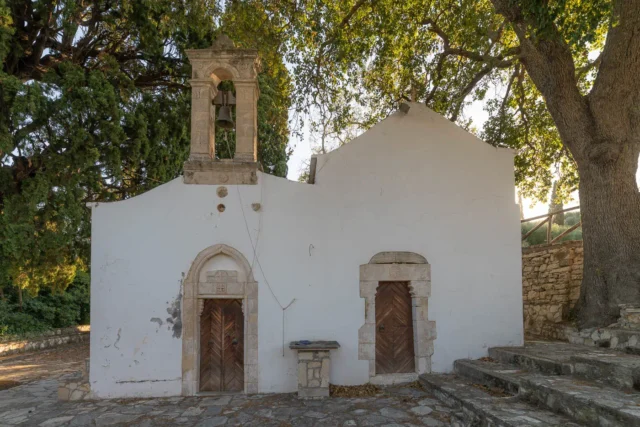

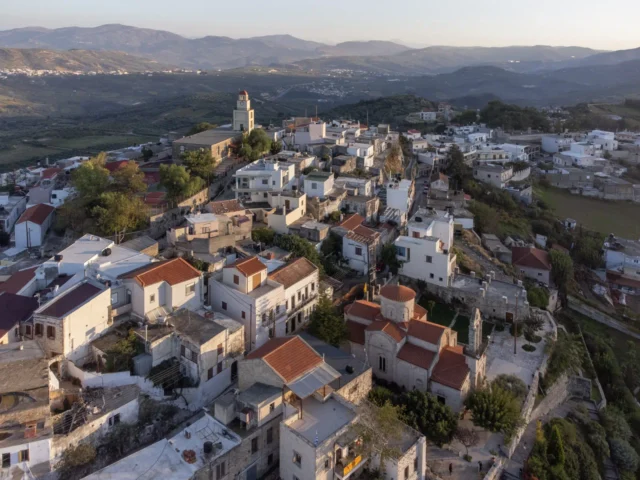

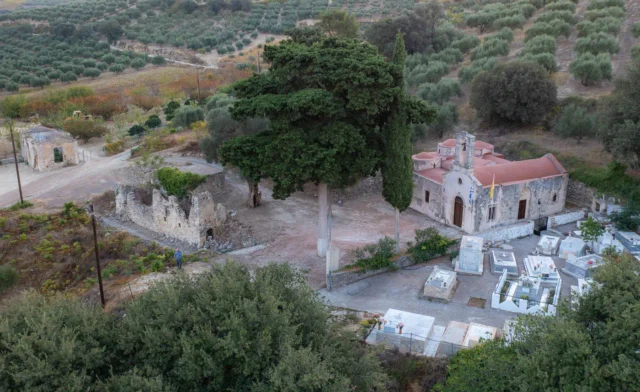


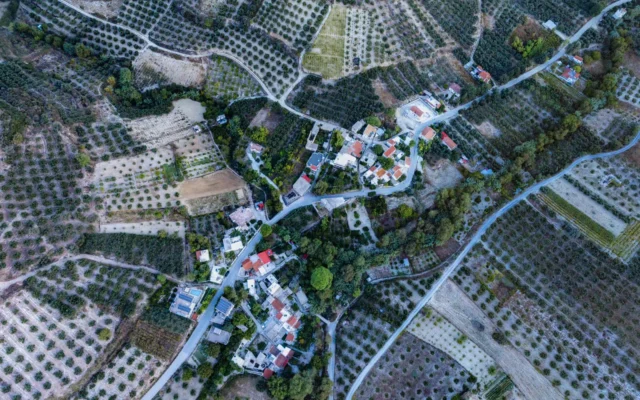




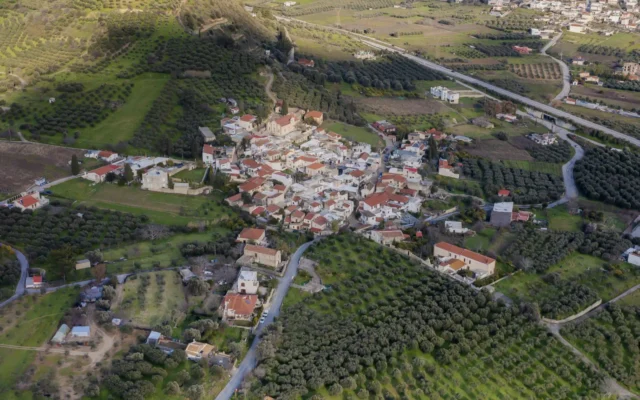
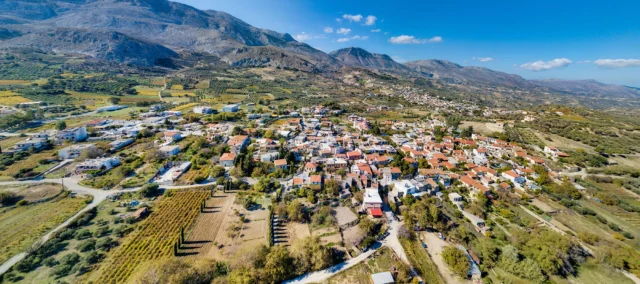
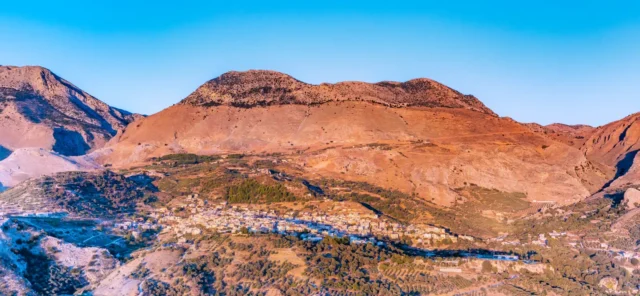
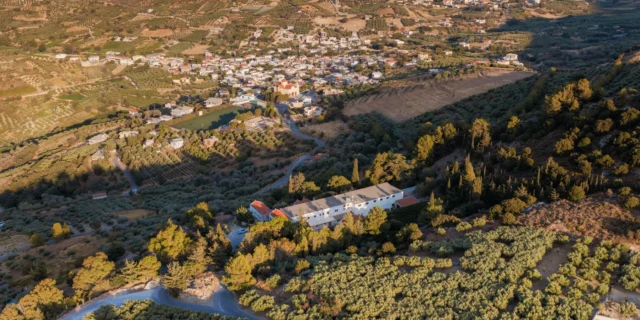
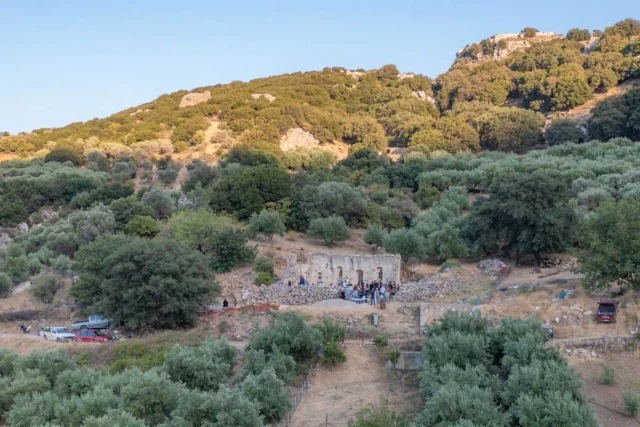
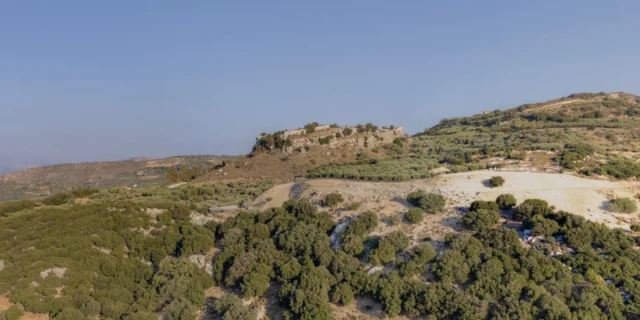
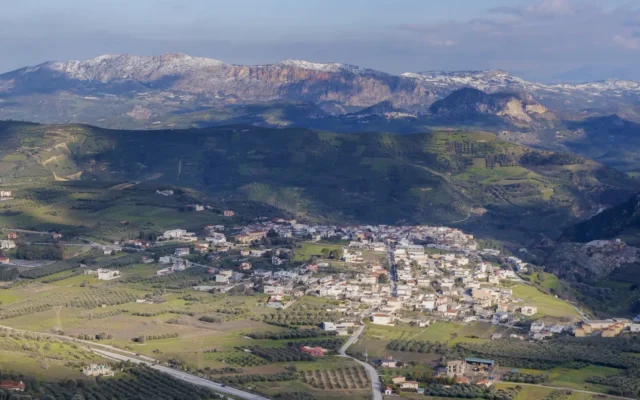
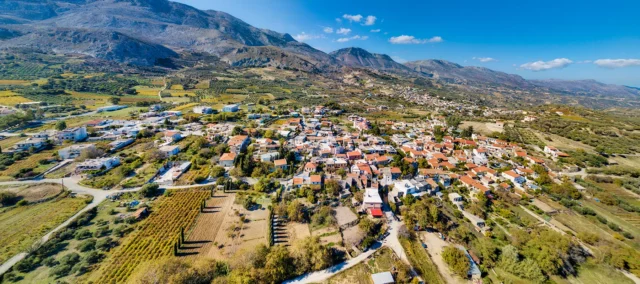


There are no comments yet.